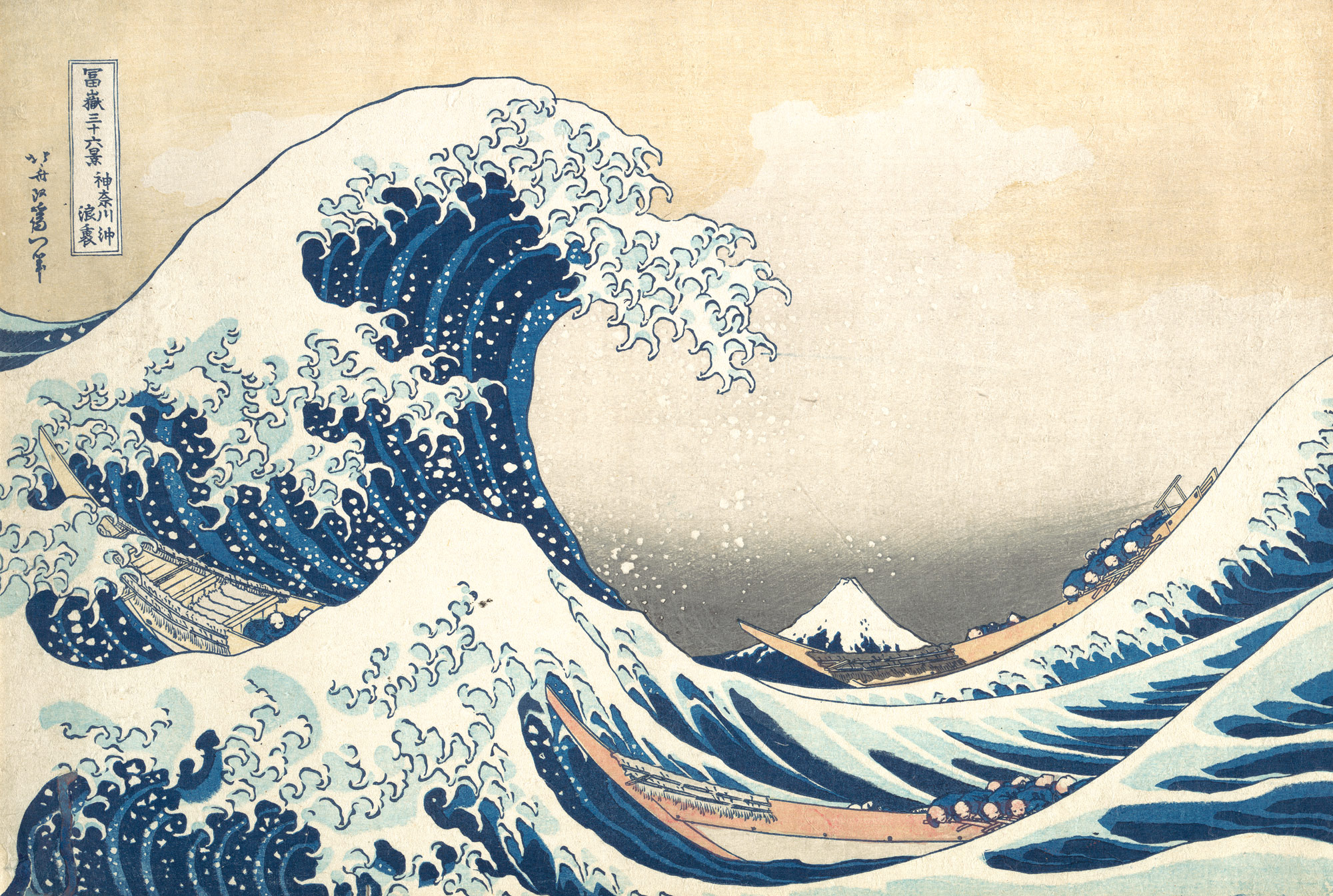A Perfect Weekend Diversion: New Sites From the Scout Report Including A Brief History of the Hashtag and Cyberbullying

The Great Wave at Kanagawa , Edo period ca. 1831–33. Katsushika Hokusai; Bequest of Mrs. H. O. Havemeyer, 1929. Heilbrunn Timeline of Art, Metropolitan Museum of Art
http://www.learner.org/libraries/artsineveryclassroom/video3.html
Many teachers would love to incorporate dance into their classrooms. But how? This valuable site from Annenberg Learner answers exactly this question. It features the methods of two very different educators, one from Brooklyn and the other from New Orleans, who have found various ways to integrate dance into their lesson plans. The site is clearly organized, with sections such as People and Schools, which provides biographies of and interviews with the showcased teachers, and Who Should Watch, a brief overview of the target audience. Additionally, educators will want to peruse Activities and Discussion and Additional Resources for thought-provoking questions and helpful links to other Annenberg Learner sites and resources around the web. [CNH]
·http://www.chemspider.com/
This astonishingly powerful, award-winning database from The Royal Society of Chemistry provides fast access to over 30 million chemical structures and properties, as well as nearly unlimited links and related information. For a quick introduction, go to the About page and watch the ten-minute introductory video. Then start searching! Simple searches expedite your exploration when you enter the trade name, synonym, or systematic name of the compound you wish to find. Conversely, you can input by Structure, with an innovative Edit Molecule function. Lastly, Advanced searches allow you to combine methods. In addition, the ChemSpider blog boasts frequent entries about the site and the field at large. [CNH]
The International Review of Research in Open and Distance Learning
·http://www.irrodl.org/index.php/irrodl/index
Many experts believe distance learning will constitute a substantial slice of the higher education pie in the near future. Still, comparatively little research has been published on the topic. The International Review of Research in Open and Distance learning, a freely accessible e-journal based in Alberta, Canada, seeks to disseminate original research, theory, and best practice in open and distance learning worldwide. Special issues have covered such topics as "Open Education Resources: Opening Access to Knowledge" and "Towards a European Perspective on Massive Open Online Courses (MOOCS): The Past, the Present and the Future." Featuring dozens of accessible, empirical articles, this academic journal is a welcome resource for anyone interested in online learning. [CNH]
·http://www.edutopia.org/technology-integration
Technology has transformed education, yet questions about how to best integrate it into the classroom persist. This comprehensive site from Edutopia seeks to answer a number of perennial quandaries. For instance, which tools are most helpful to students? How should those tools be used? What limits should be placed on access? Educators will want to begin with the site’s Overview, which includes a well-produced five-minute introductory video. Next, the History section explores the last fifty years of integrating technology into the classroom, beginning with MIT professor, Seymour Papert. The Experts link features almost a dozen short articles by noted researchers in the field, and the Why section highlights reasons to integrate technology into your curriculum. Lastly, the Research link will take you to empirical studies from around the web. [CNH]
·http://www.loc.gov/teachers/classroommaterials/connections/omaha-indian-music/
This Library of Congress website houses the digitized Omaha Indian Music collection. Featuring a pithy Collection Overview and links to contextualizing elements, such as Historical Eras and Related Collections and Exhibits, the site makes accessible an important cultural tradition. Of course, the exhibit itself really shines. The multiformat ethnographic field collection contains dozens of wax cylinder recordings from the 1890s, as well as modern recordings of pow-wows and performances. Additionally, black and white photographs and contemporary films exhibit dances and celebrations, while interviews with tribal members elucidate the various cultural practices. [CNH]
More Articles
- National Institutes of Health: Common Misconceptions About Vitamins and Minerals
- Oppenheimer: July 28 UC Berkeley Panel Discussion Focuses On The Man Behind The Movie
- Julia Sneden Wrote: Love Your Library
- Scientific Energy Breakeven: Advancements in National Defense and the Future of Clean Power
- Center for Strategic and International Studies: “The Future Outlook with Dr. Anthony Fauci”
- Kaiser Health News Research Roundup: Pan-Coronavirus Vaccine; Long Covid; Supplemental Vitamin D; Cell Movement
- Indoor and Vertical Farming May Be Part of the Solution to Rising Demands for Food and Limited Natural Resources
- Ferida Wolff Writes: This Holiday Season
- National Severe Storm Laboratory; NSSL Research: Flooding the Number One Hazardous Weather Killer In the US
- On Earth Day Find Your 'Local' Waterkeeper Organization; Biden's National Climate Task Force






